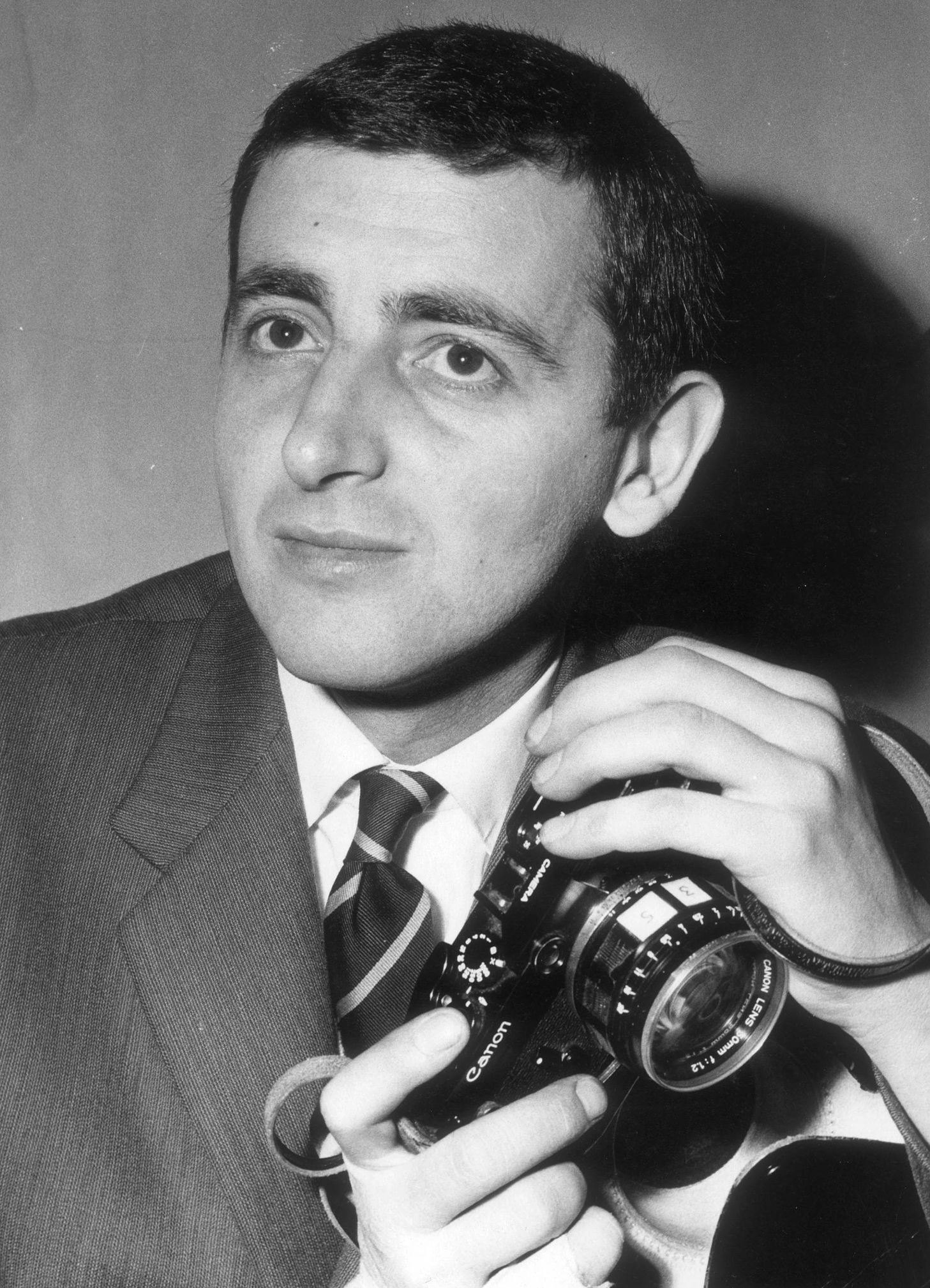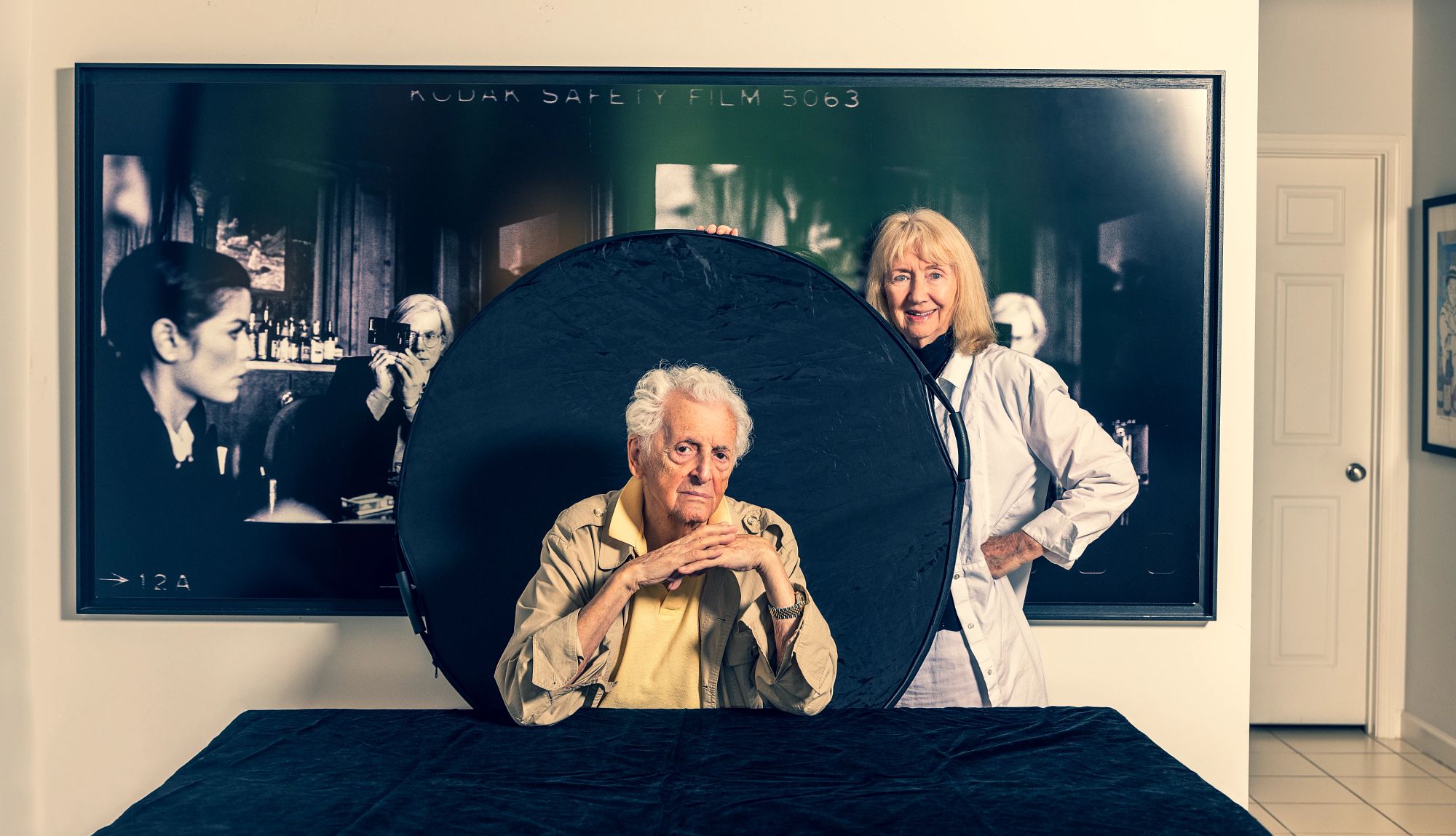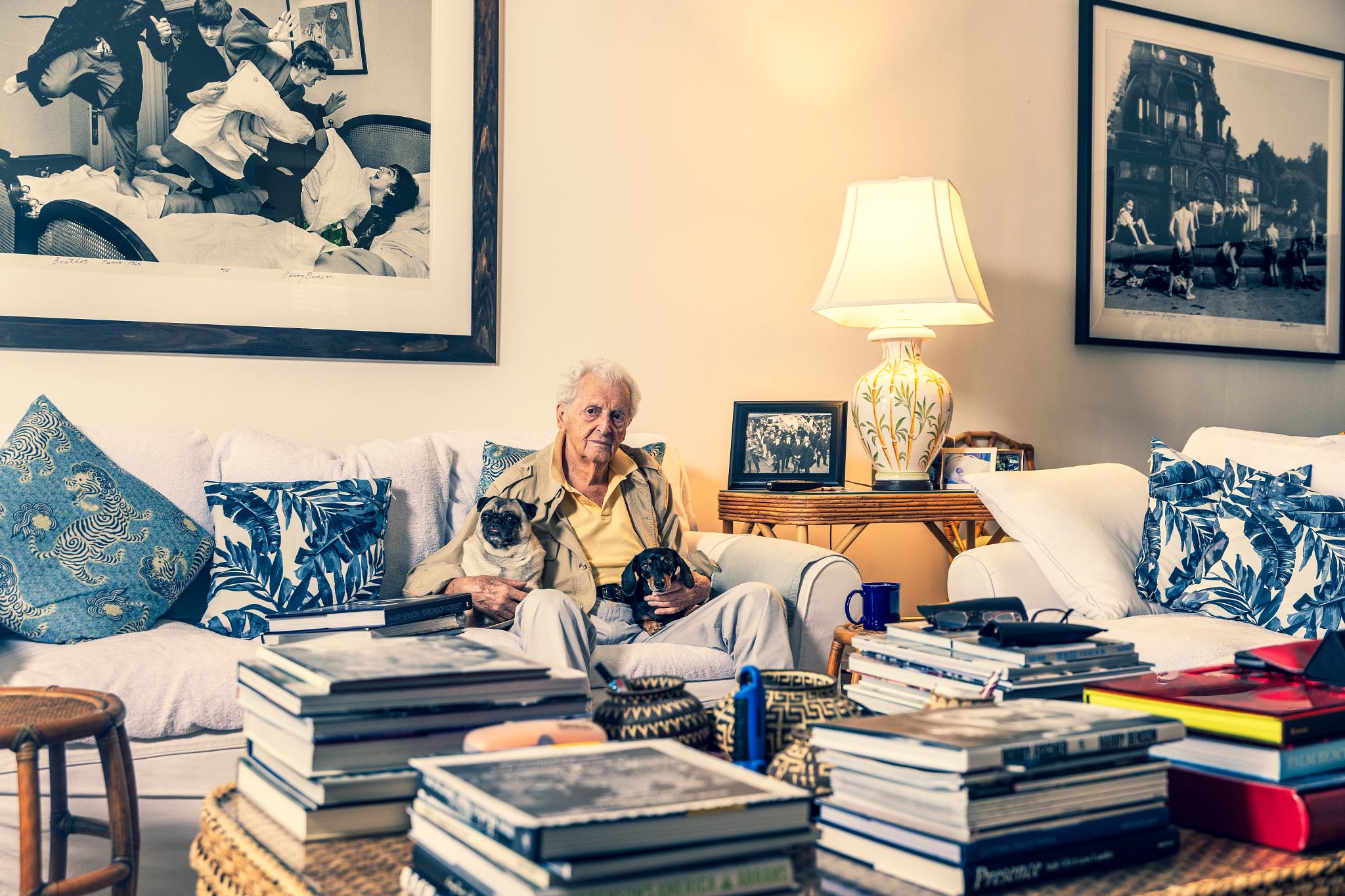AARP Hearing Center
About this series
For many people, there’s a day so memorable that it changes the rest of their lives or the way they view the world. Occasionally, the consequences are felt by all of us.
AARP Members Edition has gathered stories from people — some you know, others you will be fascinated to meet — who lived through such a day, “the day I’ll never forget.”
Born in Scotland in 1929, Harry Benson became a photographer after World War II. Benson came to international fame photographing the Beatles in 1964, and later captured memorable photos of Muhammad Ali, President John F. Kennedy, President Ronald Reagan, Martin Luther King Jr., Winston Churchill and other global giants. His work has appeared in Life, Vanity Fair and The New Yorker and he is the subject of the documentary Harry Benson: Shoot First. Benson recalls Richard Nixon’s resignation 50 years ago, and the now-famous photograph of the president and First Lady Pat Nixon on that day he’ll never forget.
I went to the Glasgow School of Art in Scotland, and photography seemed like a natural way to go. In a way, photography was simple. I photograph what I see, and what I see should inform. I never said no to a job. I did any job that came along, because you never know when you would get a good picture. I covered the Royals a lot, and I photographed every president starting with Eisenhower. Each of them was different, just as every era of each presidency was different. They are human beings. You look for that center, and that center is where they show their emotions. The photographer keeps their image alive.
Nixon was always very emotional, and I knew how to get close to him. When you travel with the president all over America and Europe, you photograph him as you see him. I had photographed him crying before. The reporters were all cynical about him, but the photographers I am aware of thought he was a decent guy, because he treated us decently. He would call me up at the end of the day sometimes and say, “You didn’t seem quite happy. Did you get anything you wanted today?” I was with him all the time, and he seemed to know just how to give a photographer a good photograph.


On this day, I was going into an unfortunate situation. I turned up outside Nixon’s door unannounced, and they put me in this little room to wait. He knew why I was there, and he let me in. Watergate had been building up for so long. When Nixon came into the East Room in the White House, he was smiling and putting his arm around people, acting as if nothing was going on. He was basically saying goodbye to his staff.
[Nixon announced his resignation on August 8, 1974, to take effect at noon the following day. On August 9, he spoke from the East Room to thank his Cabinet, aides and staff in his final White House speech. “We leave with high hopes, in good spirit, and with deep humility,” Nixon said, “and with very much gratefulness in our hearts.”]


While he was speaking, I tried to get as close to him as I could without being objectionable. There was so much melancholy in his face and in his voice. And then there was the First Lady. A White House correspondent named Helen Thomas turned to me and said, “Look at this woman. She’s amazing, just amazing.” She never got good press. People called Pat Nixon “Plastic Pat” because they thought she had no facial expressions, but I found her to be the opposite. She went through a lot of [expletive]! Now here she was, watching her husband go through this humiliation. She was really a decent woman and it was amazing watching her. I maneuvered myself to get her in the shot.


































































You Might Also Like
Frankie Valli Still Delights Audiences at Age 90
‘I’m enjoying life and all the wonderful gifts that have been given to me’Don McLean on the Day His Life Changed
How a plane crash on February 3, 1959, affected the musician’s lifeJewel Is Living Life on Her Own Terms
Singer makes art, sets boundaries as she prepares for tourRecommended for You